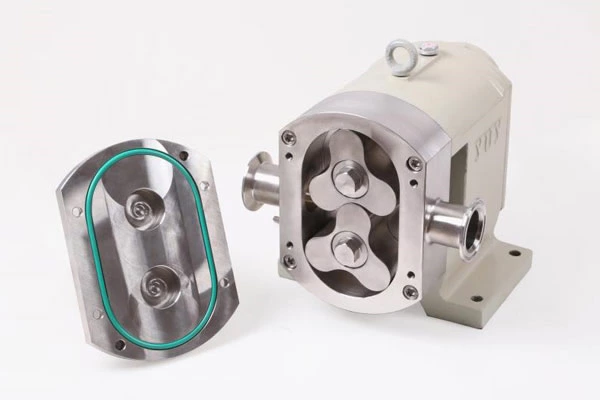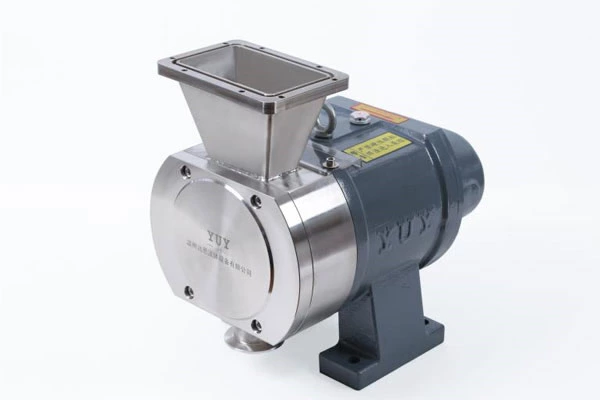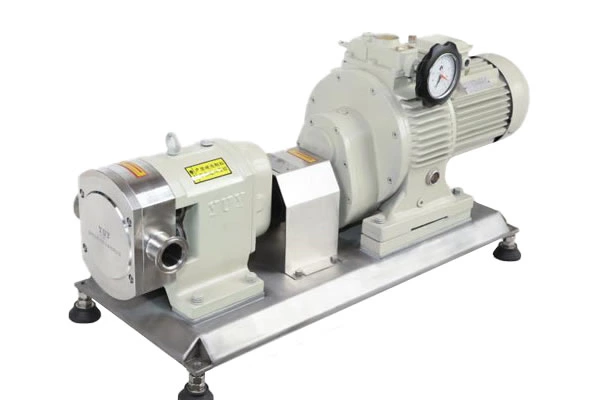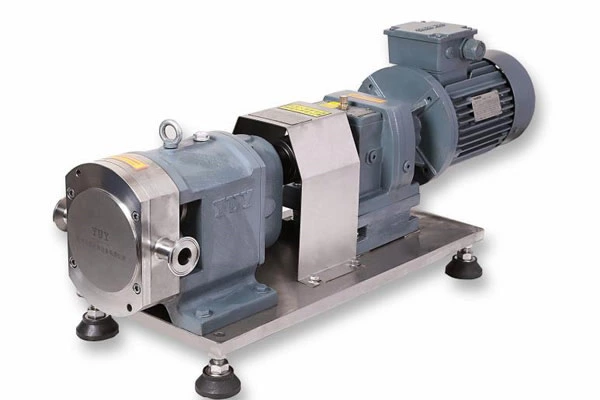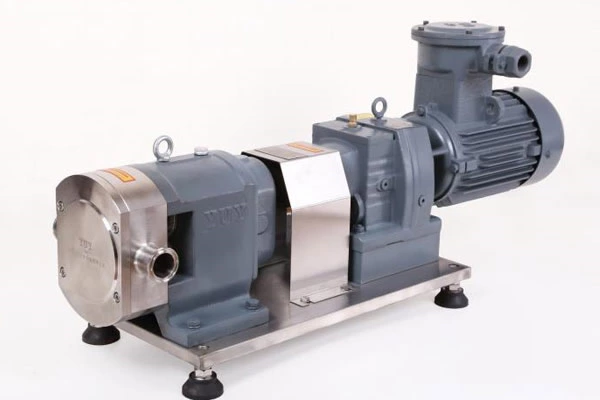Sanitary Rotary Lobe Pumps With Different Structural Forms And Configurations
Choose Sanitary Rotary Lobe Pump to consider different structural forms and configurations
Sanitary rotary cam pumps have been widely used in the transportation of various liquid chemicals. As a manufacturer, what kind of structure and configuration to use to produce sanitary rotary cam pump products, different structural forms and configurations will bring different use effects to customers.
The first aspect is the pump structure. As a sanitary rotary cam pump product that transports chemical media, when designing the product, the main factors that should be considered first are the reliability, safety, and service life of the pump. These main factors involve whether a pump can maintain long-term operation without maintenance or less maintenance, as well as the consumption costs, accessories costs, and invisible and intangible environmental and safety issues brought to users. Therefore, it is necessary to design and manufacture a sanitary rotary cam pump that can ensure the stability of the dimensions of each component under different temperatures, pressures, and load conditions, so as to achieve long-term trouble-free operation of the pump. This is the idea and concept that a product designer should have. It should not be adopted to reduce the weight and quality of products to reduce product costs, and deliver low-cost, low-priced sanitary rotary cam pumps to users.
The second aspect is the configuration of the friction parts of the pump. As a sanitary rotary cam pump product, the vulnerable parts of the pump are mainly the parts that often rotate and rub in the liquid, such as sliding bearings, thrust bearings, and sleeves. The wear resistance of these parts will directly affect the service life of the pump and the cost of replacing parts for users. Internationally renowned sanitary rotary cam pump manufacturers, whether metal or plastic, use silicon carbide materials with excellent corrosion resistance and wear resistance for sliding bearings, thrust bearings, and sleeves. However, the bending strength of silicon carbide is only 451Mpa, the material is relatively brittle, and the impact resistance is poor. Therefore, if the corrosive conditions permit, you can choose tungsten carbide materials with good impact resistance, which has a bending strength of 1471 Mpa, more than three times higher than silicon carbide. Compared with silicon carbide, tungsten carbide has the advantages of good toughness and good impact resistance. In the event of dry grinding of the pump, it will not break like silicon carbide materials, causing friction between the internal magnetic steel and the isolation sleeve and other parts, resulting in damage to the pump. The sanitary rotary cam pump wearing parts are made of silicon carbide and tungsten carbide, which is the highest configuration, so that the pump can run for a long time without maintenance. The service life is much longer than that of materials such as PTFE graphite, graphite, aluminum oxide, silicon nitride, etc. It can reduce the cost of users frequently replacing wearing parts and other components in a short time due to factors such as the wear resistance and poor strength of wearing parts, as well as environmental and safety costs.
